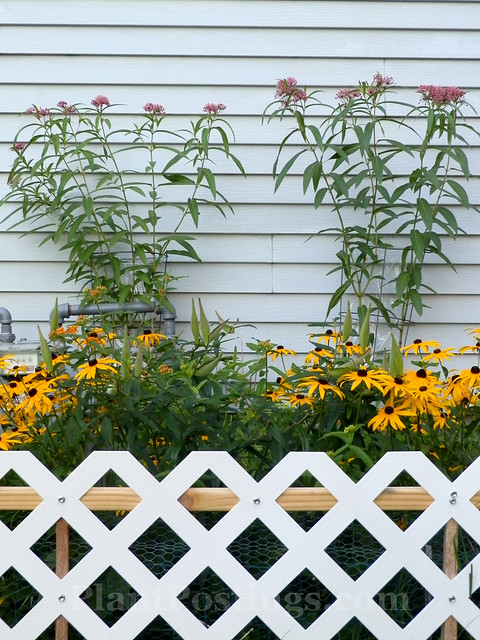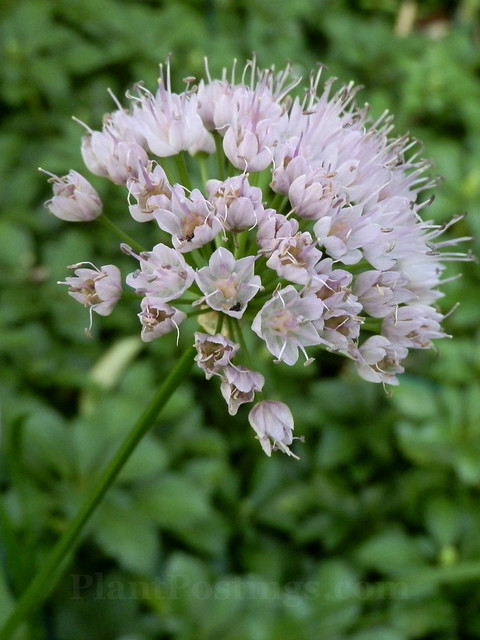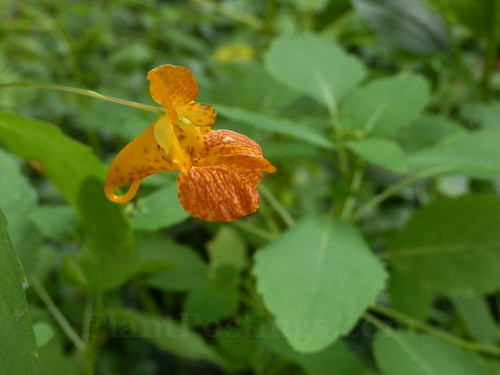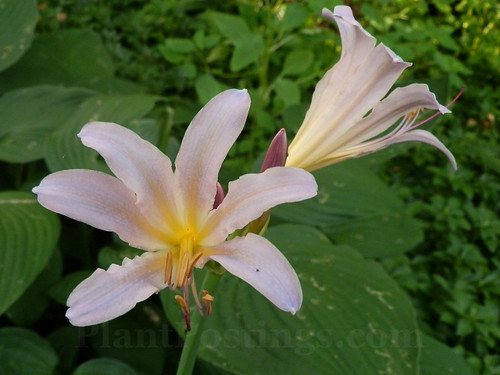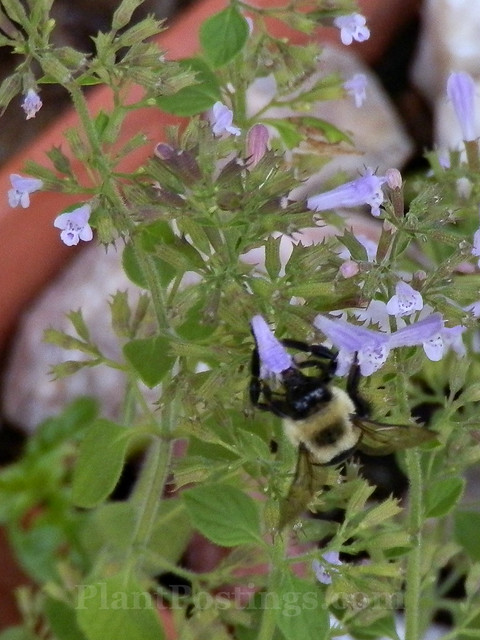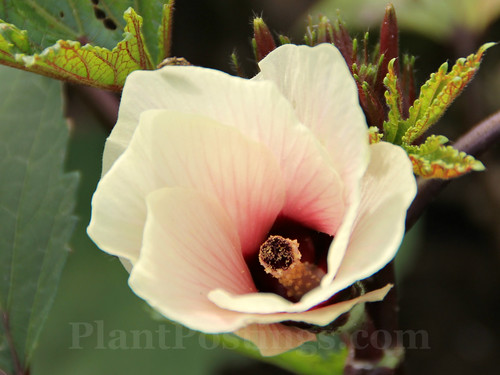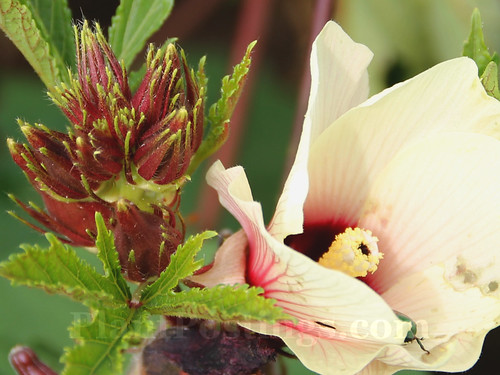
There are so many wonderful places to hike very close to my home. Nearly every time we hike I take a few photos, but I don't always get around to posting about them. One thing I've learned over the years is that wetlands are great places to see wildlife, and more specifically bees, butterflies, and other pollinators.

A few years ago, we hiked at the Mud Lake Wildlife Area, which includes approximately 1,450 acres of wetland, 590 acres of upland, and 220 acres of wooded habitat. It's near Rio in Columbia County, about 30 minutes north of the Madison area.
At the time of our hike, in early September, quite a few native plants were blooming in full force, including:

New England Asters (Symphyotrichum novae-angliae),
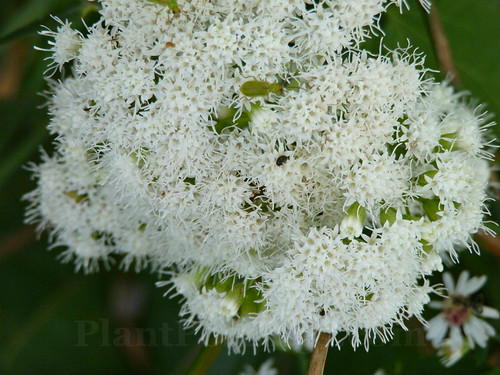
White Snakeroot (Ageratina altissima),

Various Goldenrods--I think this one is Canada Goldenrod (Solidago canadensis), and
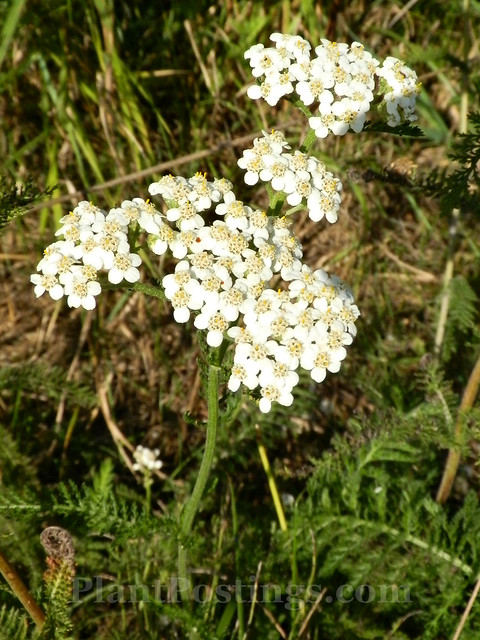
Common Yarrow (Achillea millefolium).
This was also the first and only time I've seen Giant Swallowtail caterpillars in the wild, which was very exciting.

They camouflage themselves to look like bird droppings.

We saw the caterpillars on Prickly Ash (Zanthoxylum americanum) shrubs, one of their host plants.
As I mentioned before, wetlands are great places to view butterflies, and on this day we saw quite a few:
 |
| Viceroy |
 |
| Pearl Crescent |
 |
| Monarch |
 |
| Black Swallowtail |
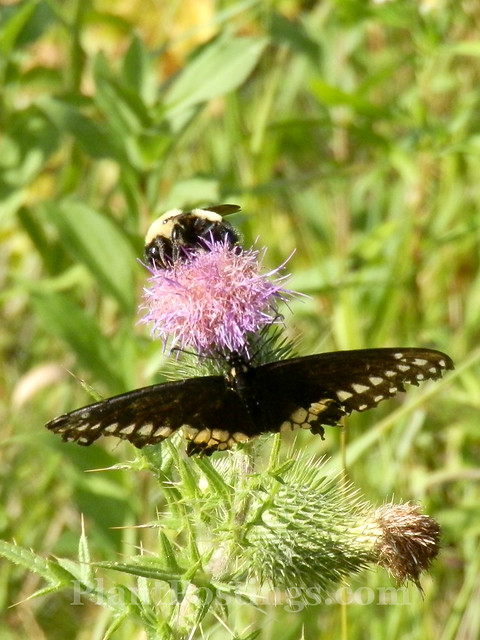 |
| A worn Black Swallowtail sharing Thistle nectar with a Bumble Bee. |
When I look back at hiking photos from the past several years, most of them are from late summer and early autumn. It's a beautiful, comfortable time to get out and enjoy nature in the Upper Midwest.












